Author: The Office
At 10 a.m. on July 17th, Xia Heng, CEO of XPeng Motors, attended the press conference of XPeng Motors at the Greater Bay Area Auto Show, announcing the pre-sale price range and configuration information of XPeng P5.
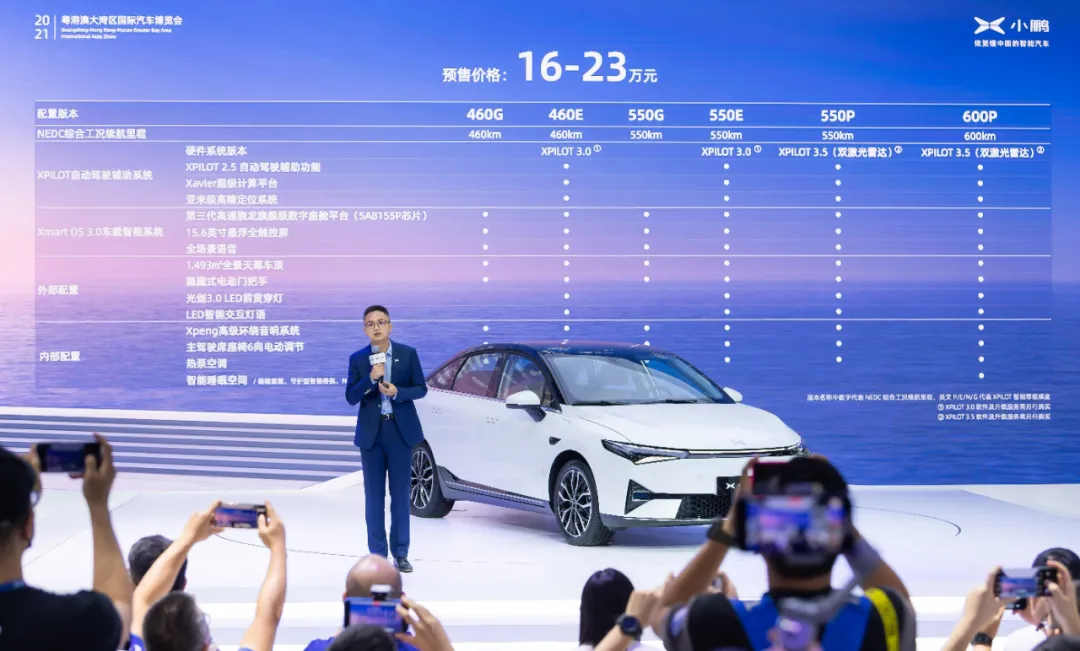
With range and intelligence as the two dimensions, P5 has a total of six models, among which the top-tier P-series model with the highest level of intelligence will become the industry’s first intelligent car equipped with LIDAR.
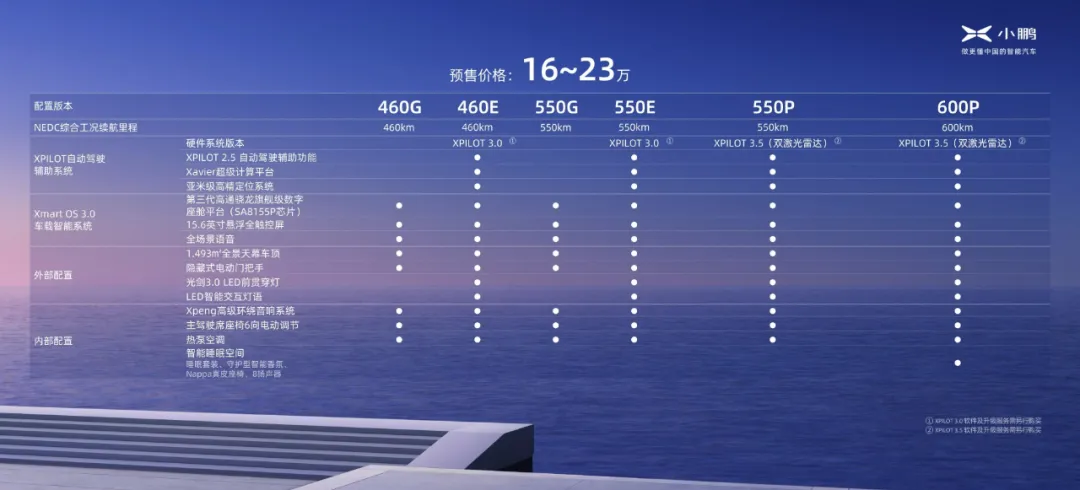
With first-to-market LIDAR and a price range around 200,000 RMB, XPeng P5’s intelligence and range capabilities have become the most talked-about features.
“Low Entry, High Intelligence”
What sets XPeng P5 apart is its unique ability to merge the lowest price threshold with the highest level of intelligence, which has posed a great challenge both inside and outside of the company.
In terms of product planning, XPeng P5’s positioning is similar to that of XPeng G3i, both belonging to the XPeng David vehicle platform and positioned lower than the Edward platform where XPeng P7 is situated. According to the traditional logic of product planning and feature configuration in the automobile industry, product positioning should match feature configuration. For instance, one cannot expect to experience the rear-wheel steering system on an S-Class when driving a C-Class Mercedes.
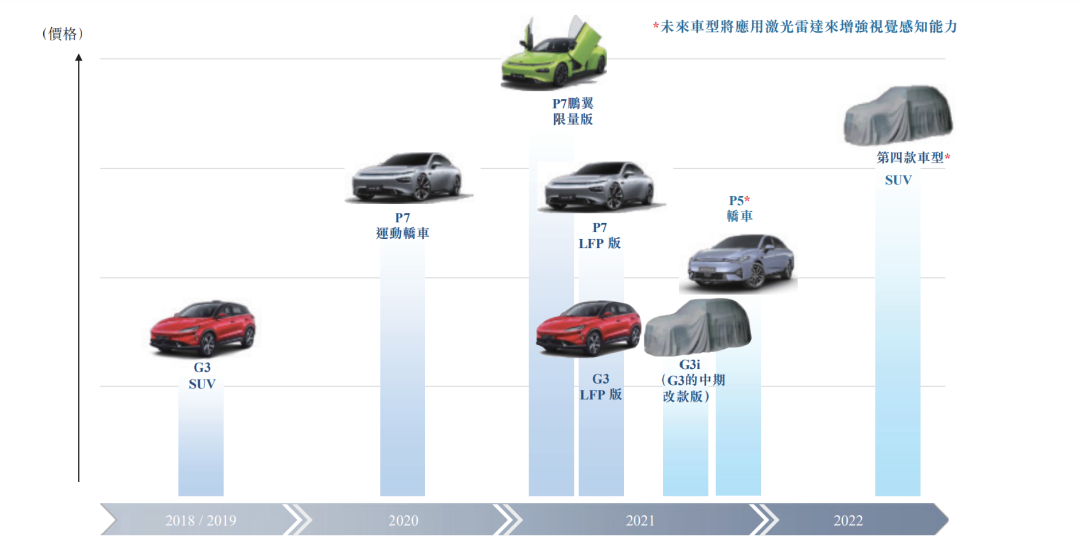
However, this logic fails to apply in the rapidly developing field of intelligent driving.
Speaking of intelligent driving, from XPeng G3’s visual fusion parking, to XPeng P7’s self-developed high-speed NGP (automatic navigation assisted driving) algorithm, and now XPeng P5’s urban NGP equipped with two LIDAR sensors and OTA push update capability, we can clearly see that XPeng’s ongoing engineering of intelligent driving capabilities transcends product positioning.
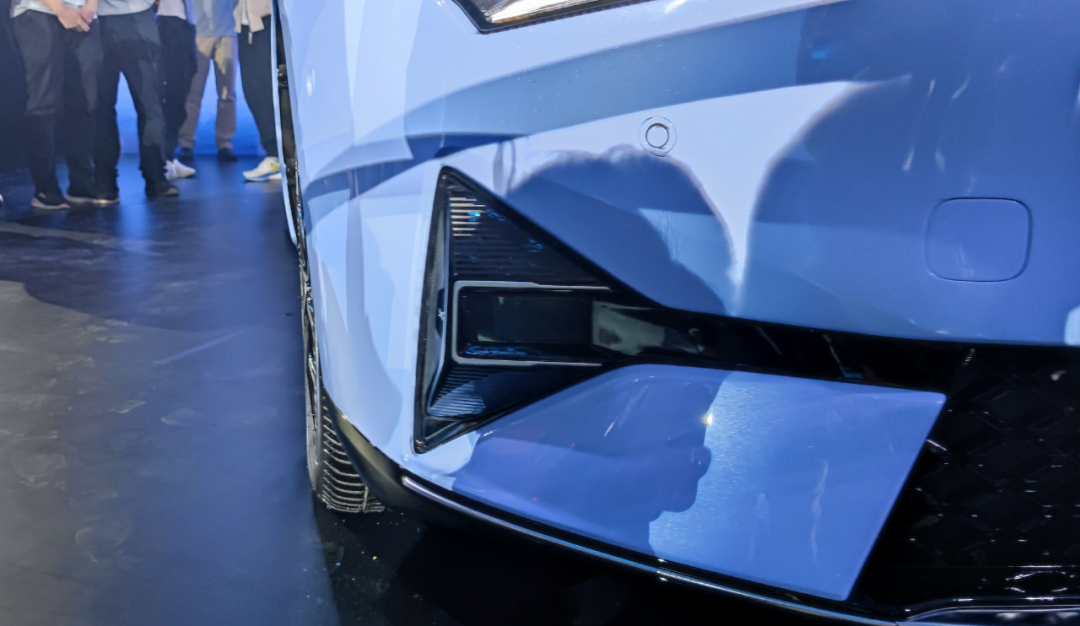
To put it simply, XPeng does not mind whether the positioning of the next car is higher or lower than the previous one, but it must continue to improve the intelligent driving capabilities of each new car compared to the previous one.This makes P5 surpass P7 in intelligent driving. According to XPeng’s statement, the upcoming NGP OTA of P5 will support abilities such as recognizing and passing through traffic lights, making right turns and unprotected left turns, overtaking on urban roads, customizing following distance, automatically adjusting speed limits, and passing through roundabouts in cities.
In addition to P5, other intelligent driving models that have already or are about to be equipped with mass-produced lidars, such as the ARCFOXo Alpha S Huawei Hi version, NIO ET7, and the new Mercedes S-Class, are priced at twice or several times that of P5.
Furthermore, regardless of whether you choose to equip a high-end NGP, XPeng P5 comes with the XPILOT 2.5 software system for L2 level assisted driving as standard across the entire series, except for the G series without driving assistance systems (XPeng’s P, E, N, G four series respectively correspond to XPILOT 3.5, XPILOT 3.0, XPILOT 2.5, and no driving assistance systems).
As for the intelligent cockpit, for the relatively low cost cockpit, XPeng has fewer scruples. In short, currently the most advanced process, best-performing vehicle-level cockpit chip, the Qualcomm Snapdragon 8155P + 12 GB of memory + 128 GB of storage, is standard across the entire XPeng P5 series.
Of course, XPeng P5 is also equipped with the Xmart OS 3.0 cockpit operating system mounted on the aforementioned hardware and the previously well-received “All-Scene Intelligent Voice” function.
What challenges will this bring to XPeng?
Internally, He XPeng had previously stated in a public speech, “Even in 2025, we believe that in order to make a car intelligent and profitable, the lowest selling price should be 150,000 yuan.” This statement expresses the rise in the entire vehicle BOM cost brought about by intelligence and the minimum price threshold that smart cars can achieve. However, the pre-sale starting price of XPeng P5 is 160,000 yuan.
From these two numbers, you can glimpse how much XPeng’s engineers have struggled to reduce the current top-level intelligence threshold under the constraints of rising costs.
Externally, XPeng plays a more important role in cultivating the intelligent market.
A simple question: even in 2021, how many consumers consider “intelligence” as a decisive factor affecting car purchases?
Combined with the XPILOT 2.5 L2 level assisted driving system, the industry’s strongest intelligent cockpit software and hardware system, and a starting price as low as 160,000 yuan, we can clearly perceive He XPeng’s firm confidence in the intelligence of cars and his determination to cultivate the market and accelerate the automotive industry’s transformation to intelligence.
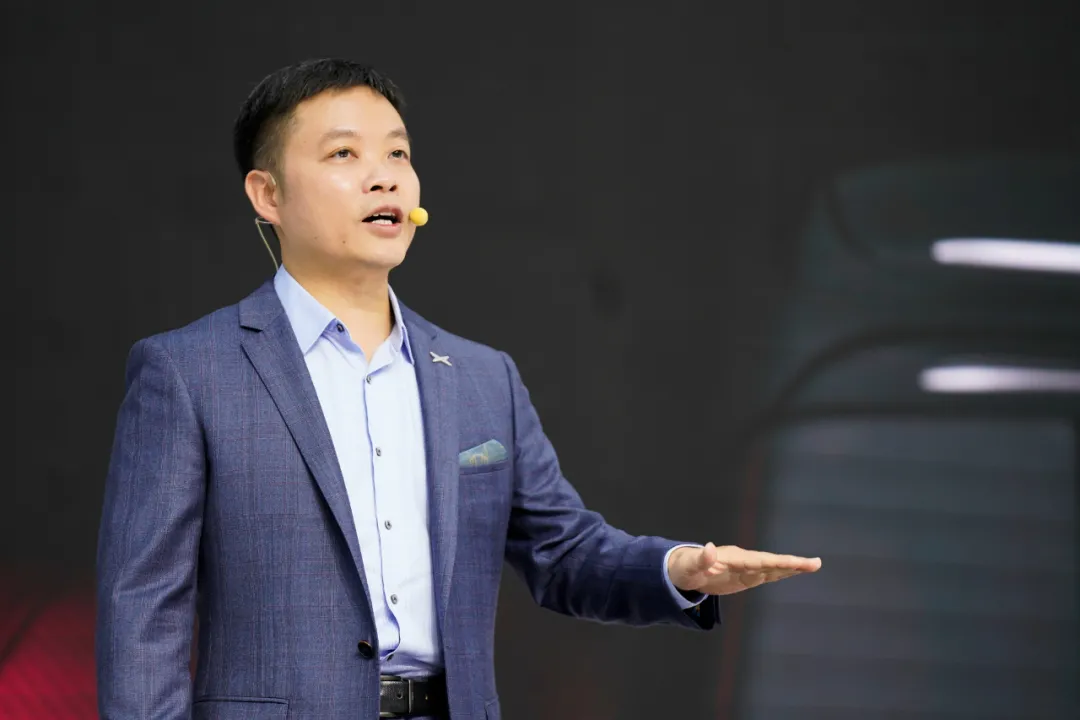 ## “The Third Intelligent Space?”
## “The Third Intelligent Space?”
Prior to the presale conference held today, XPeng held “XPeng P5 Third Space Sharing Sessions” in numerous cities including Chengdu, Shanghai, and Beijing. In my opinion, this may be a more important exploration than previous efforts to define intelligent products, but has also stirred up a greater range of controversies.
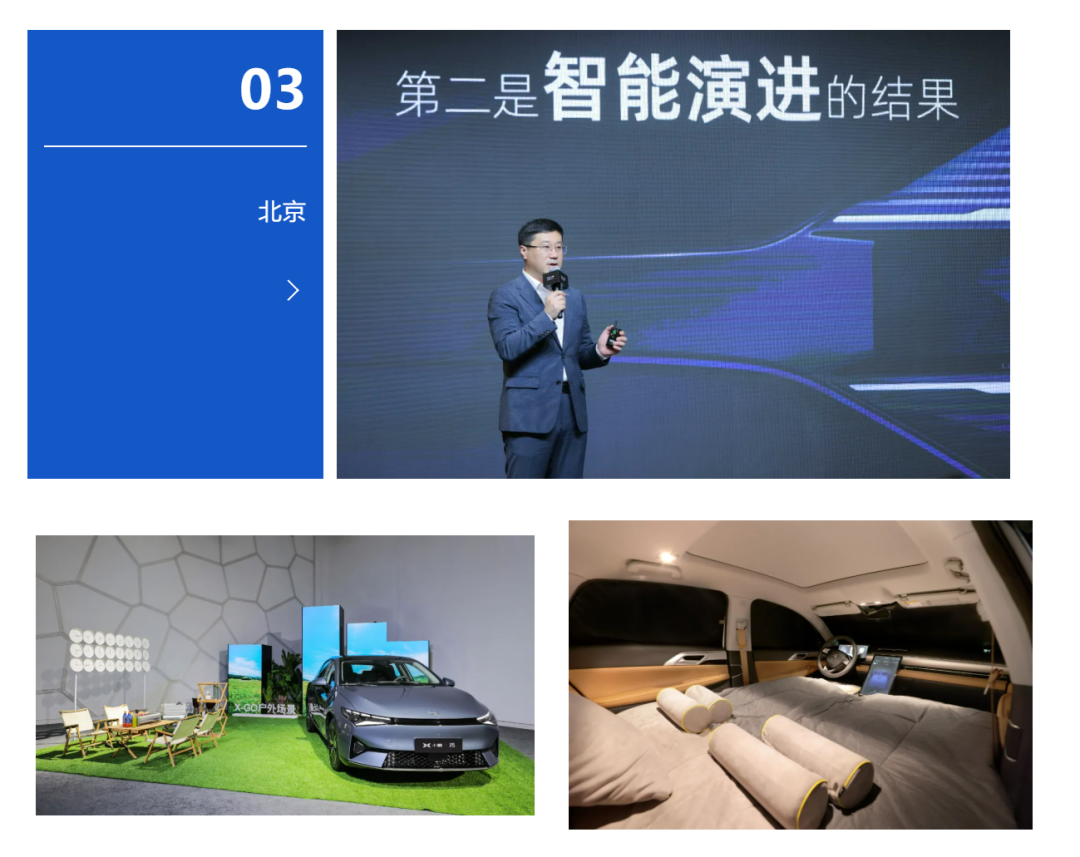
First, let’s briefly explain what the “Third Space” is. In fact, many automobile brands were already discussing the same concept prior to XPeng, namely, with the advent of intelligent automobiles, including the arrival of automatic driving and intelligent cabin, cars will become the third space beyond home (first space) and office (second space).
However, for most automobile brands, especially traditional ones, automation such as automatic driving and intelligent cabins have not made any real progress, with the “Third Space” productization being shelved for a long period and no signs of forthcoming progress.
XPeng’s investment and status in the field of intelligent car manufacturing need no further explanation, and based on this, XPeng P5 has taken the first step of exploration. XPeng has set up five large scene functions under X-Play entertainment, X-Sleep sleeping, X-GO outdoor activities, X-Life life, and X-DIY fun.
X-Play: View/Watch Event Scene: XPeng collaborates with JIMI to develop a custom super HD projector for in-car use, P5 equipped with sofa, air conditioner, drinks (17.2L car fridge), fragrance, etc.
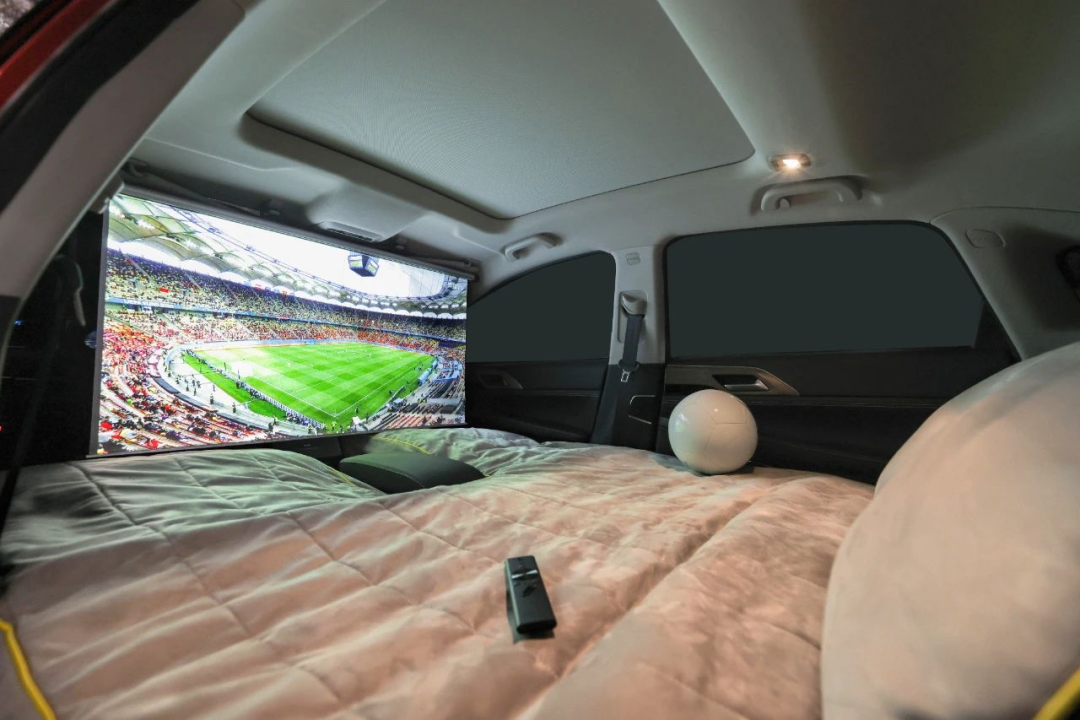
X-Sleep: A key/voice operation seat folding and flattening, sunroof sunshade closed, sleep aiding light music and fragrance turned on, then install a one way privacy curtain, deploy a pillow and blanket, fall asleep in 5 minutes.
X-Go: P5 supports V2L reverse charging, and can be connected to outdoor speakers, electric hot pot, electric oven, and other devices. Also supports DJI Mavic 2 Pro model car machine interconnectivity.
X-Life: XPeng will launch an in-car folding table and in-car food warmer and cooker, and the car can be used for work, eating, and live streaming.
X-DIY: In addition to diverse application scenes, XPeng’s supercharging station steward service provides one-stop “recharging” for car owners to help design their own intelligent third space.To achieve these scene functions, the product department of XPeng Motors has invested considerable resources. For example, to implement the X-Sleep function, XPeng’s product needs to conduct a pre-test on the battery safety, and then coordinate the fragrance and air conditioning, monitor the CO and CO2 concentration in the car and adjust them intelligently, automatically turn on the reading light when getting up in the middle of the night while reducing the light intensity, and have a spacious and comfortable cabin, and so on.
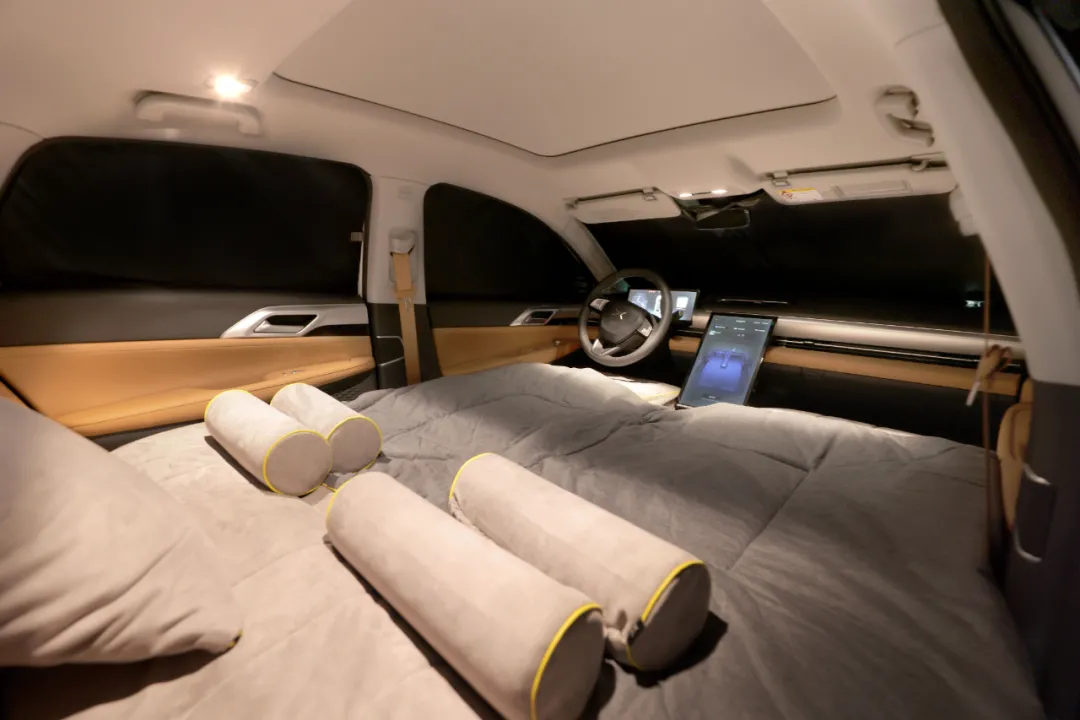
Therefore, even seemingly ordinary functions require cross-department collaboration to land. However, for all of the above-mentioned scenario functions, cross-department coordination within XPeng is really just a small case. For example, projectors, car refrigerators, fragrances, drones, folding tables, and warmers all need to be custom-developed in cooperation with third-party brands.
However, on the other hand, from the feedback of the @ClassStar channel on Weibo and WeChat groups, these scene functions have not received the same popularity as XPeng’s investment. For example, some users commented, “non-essential functions are being heavily marketed”, “tasteless and showy”, and so on.
So, how should we view XPeng P5’s low price threshold and high intelligent configuration, as well as the scenario functions developed with a large amount of resources on this basis?
I think what we all agree on is that cars that have realized the era of automatic driving and intelligent cabin should no longer play the historical role of “transportation tools”, and XPeng is already at the forefront in the fields of automatic driving and intelligent cabin.
Therefore, perhaps no one would doubt the concept of the “third space” itself, but no one knows what the “third space” should be like either.
He XPeng once said in an interview with the media after XPeng Motors’ US IPO: “Many customers cannot describe their own needs, but through research and development, we can come up with and create something good, and then guide customers so that they know that this is what they need. This is what we should do, and this is what we should do well in product iteration.”
Therefore, in my opinion, XPeng P5 embodies the unchanged slogan of XPeng’s previous press conferences: Born Intelligent, Always Exploring.

Naturally intelligent, and exploring endlessly.
This article is a translation by ChatGPT of a Chinese report from 42HOW. If you have any questions about it, please email bd@42how.com.